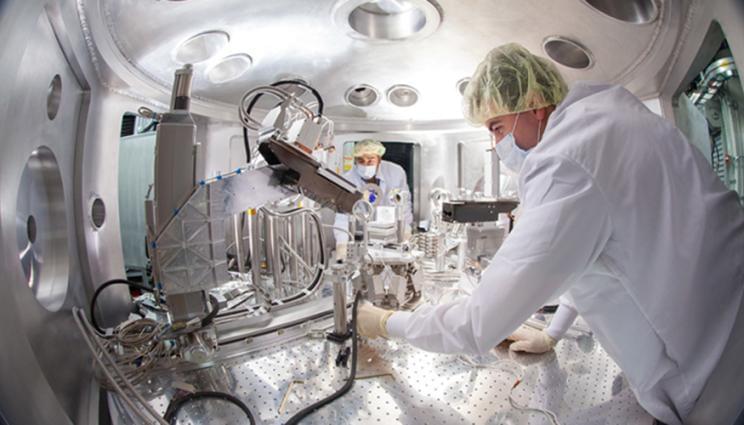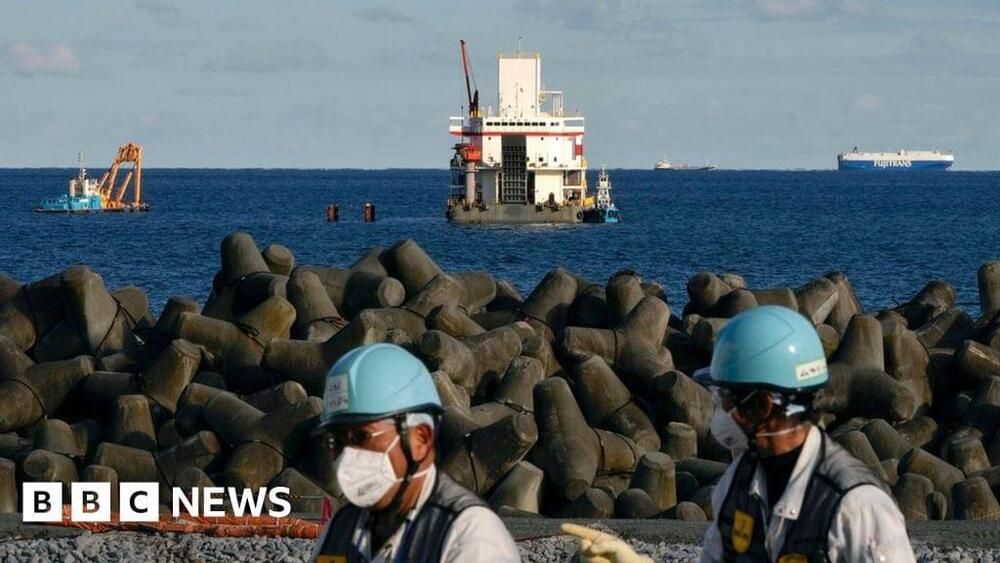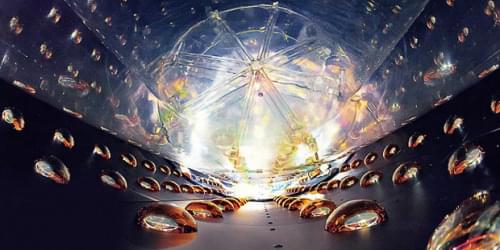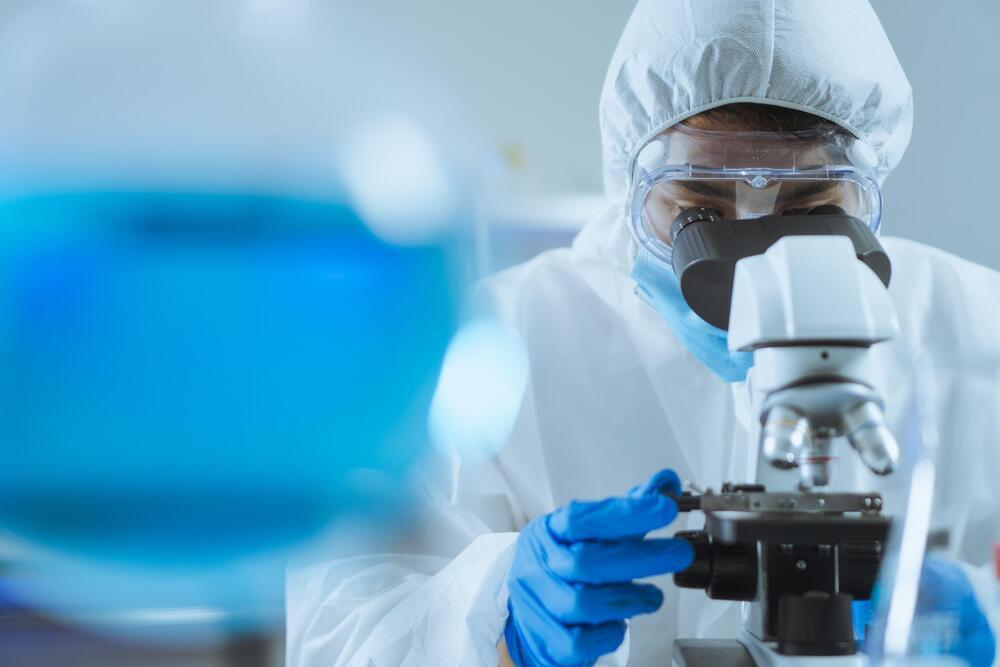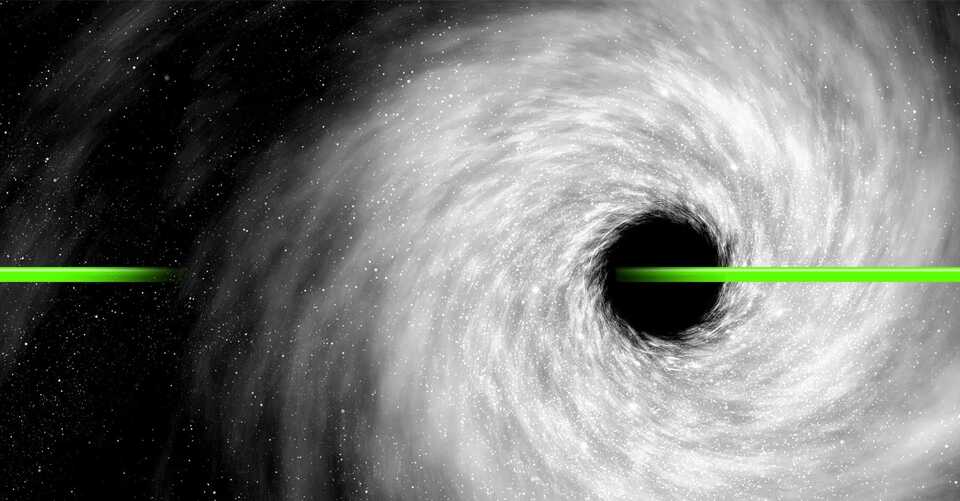OpenAI cofounder and CEO Sam Altman sat down for a wide-ranging interview with us late last week, answering questions about some of his most ambitious personal investments, as well as about the future of OpenAI.
This second clip is focused exclusively on artificial intelligence, including how much of what OpenAI is developing Altman thinks should be regulated, whether he’s worried about the commodification of AI, his thoughts about Alphabet’s reluctance to release its own powerful AI, and worst-and best-case scenarios as we move toward a future where AI is ever-more central to our lives.
There was much to discuss (and he was generous to stay and talk about it).
You can find the first part our sit-down — focused in part on Helion Energy, a nuclear fusion company that has become Altman’s second-biggest project — here: https://youtu.be/57OU18cogJI

